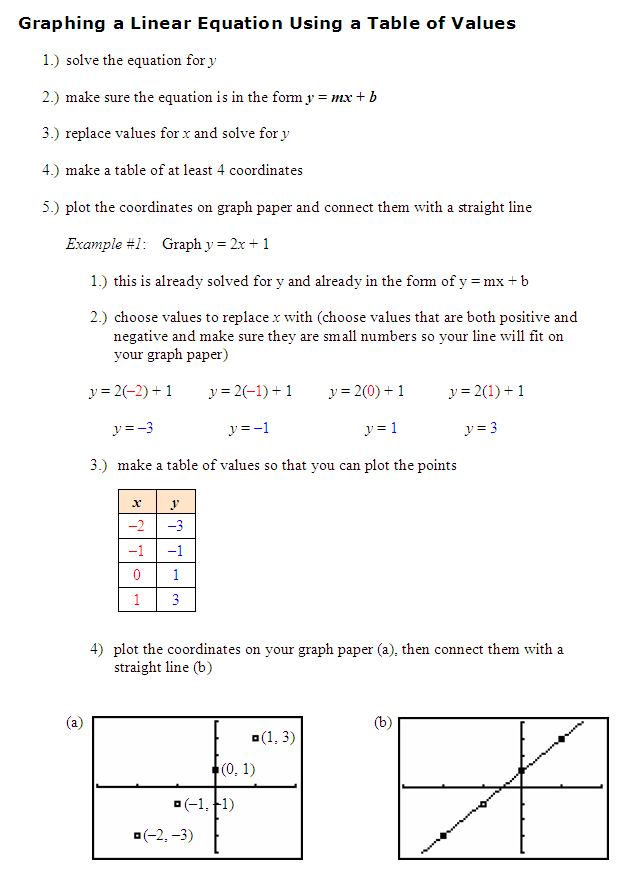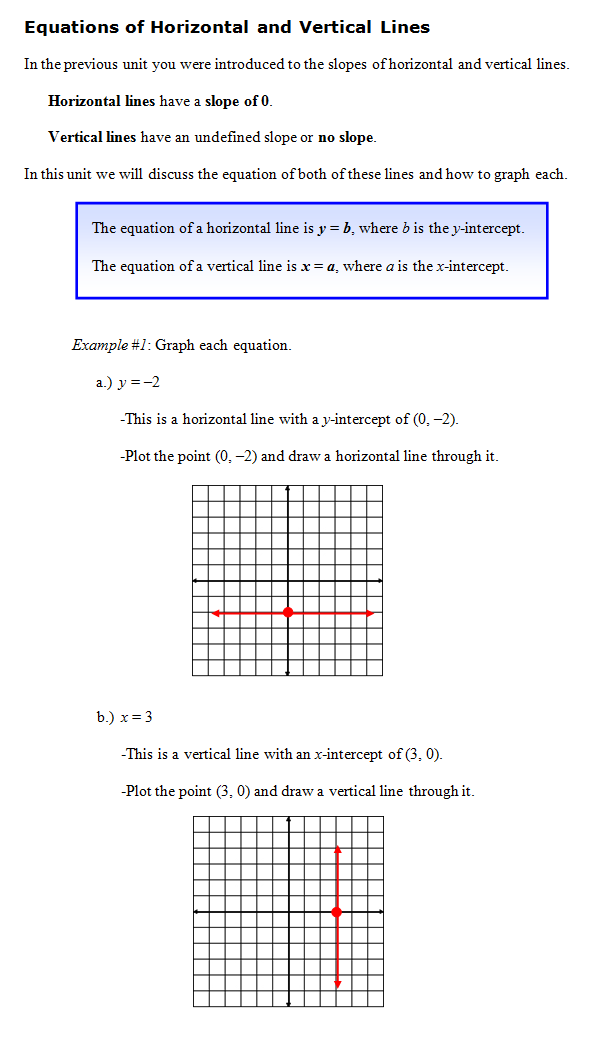




Course Overview
In this course, students study the topics presented in algebra but in a modified format. On occasion, students find that problems and/or explanations have been adapted to a simpler format. Students are given extra guidance with more difficult problems. In this course, students review basic algebra and geometry topics. They demonstrate fluency in operations with real numbers, vectors and matrices; represent and compute with complex numbers; use fractional and negative exponents to find solutions for problem situations; describe and compare the characteristics of the families of quadratics with complex roots, polynomials of any degree, logarithms, and rational functions. They investigate rates of change, intercepts, zeros and asymptotes of polynomial, rational, and trigonometric functions graphically and with technology; identify families of functions with graphs that have rotation symmetry or reflection symmetry about the y-axis, x-axis, or y = x. They solve problems with matrices and vectors, solve equations involving radical expressions and complex roots, solve 3 by 3 systems of linear equations, and solve systems of linear inequalities; solve quadratic expressions, investigate curve fitting, and determine solutions for quadratic inequalities; investigate exponential growth and decay and use recursive functions to model and solve problems. They compute with polynomials and solve polynomial equations using a variety of methods including synthetic division and the rational root theorem; solve inverse, joint, and combined variation problems; solve rational and radical equations and inequalities; and describe the characteristics of the graphs of conic sections. Students use permutations and combinations to calculate the number of possible outcomes recognizing repetition and order; and compute the probability of compound events, independent events, and dependent events.
In some of the units, a graphing calculator will be useful. It is recommended that the graphing calculator be at least a TI-83 model.
LINEAR EQUATIONS
Unit Overview |
 |
 |
 |
 |
| Graph Paper |
 |
| Function Tables |
| Find the Slope of Each Line |
| Find the Slope from the Pair of Points |
| Review of Linear Equations |